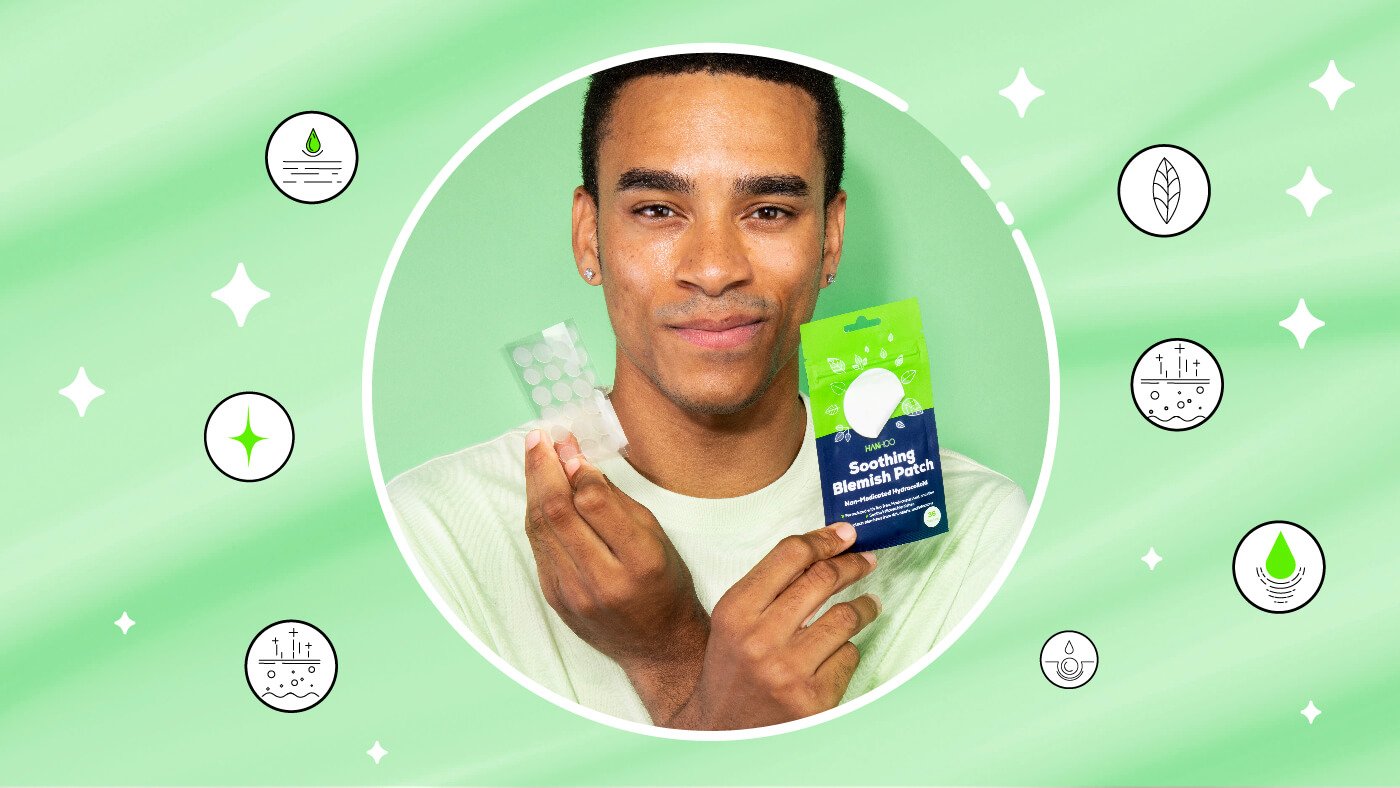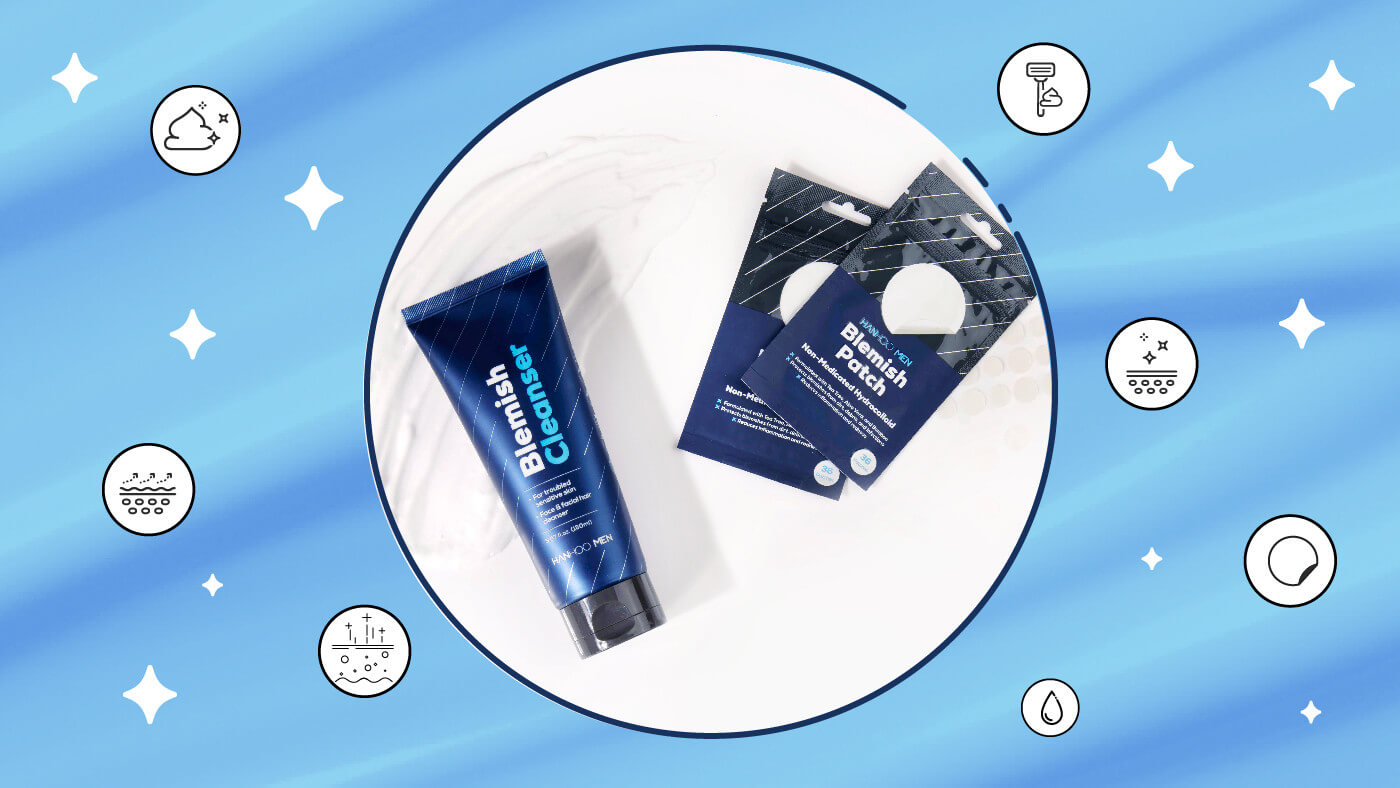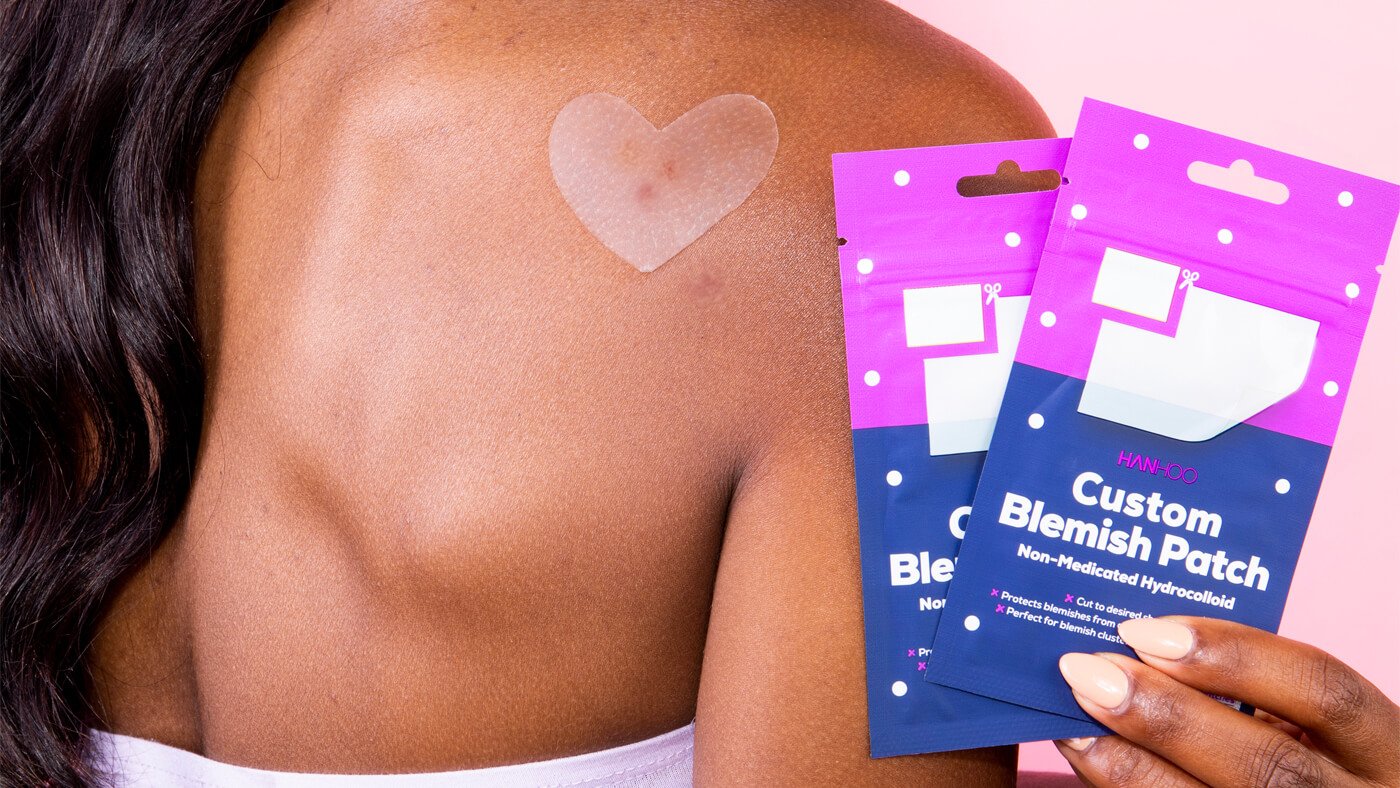Not all pimples are the same. There are whitehead pimples, pustules, papules, cystic pimples, and so on. While all these terms may not sound familiar, a good rule of thumb is to avoid popping any pimples that may pop up.
This is especially true for deep, underground pimples. These kinds of pimples typically pop up as large, red, and swollen bumps on the skin that can be sensitive to the touch. When it comes to these kinds of zits, it’s best to avoid popping or touching the spot.
Popping a deep pimple can only make the situation worse. However, that doesn’t mean you have to just leave it be and hope it goes away on its own. There are a couple of steps you can take to help reduce the size and swelling of a deep zit, like using a spot treatment.
How do deep pimples form?
Deep pimples form when bacteria mixes with the excess dead skin cells and oil trapped in pores. When these three mix they can cause inflamed pimples just under the skin with no clear whitehead like your everyday surface pimples.
This type of zit can pop up for a number of reasons. For one, if you are going through some hormone fluctuations (like during the menstrual cycle) then deep zits are more likely to pop up. Hormonal changes can cause the skin to produce extra sebum and with all that excess oil on the skin, it is more likely to cause acne breakouts, including deep zits.
Another factor is genetics. If acne is something your family has typically dealt with either in their teenage or adult years, then there is a higher chance that you can also experience more breakouts. For instance, if oily, acne-prone skin runs in the family then unfortunately you too may also be prone to getting those deep, painful zits.
Stress and anxiety are also contributing factors to deep pimple breakouts. Higher levels of stress and anxiety can cause a hormone imbalance. And, as with the menstrual cycle, hormonal changes can trigger factors in the skin that make breakouts more likely to occur.
How do you treat deep pimples?
Treating deep pimples starts with preventing the factors that lead to deep pimples. Since excess oil can contribute to deep pimple breakouts, you can try incorporating sebum-balancing skincare into your routine. By reducing the excess amount of oil that can potentially clog up your pores, you can reduce the chance of deep zits popping up.
For sebum control, you can try out oil-balancing products like toners. And to help prevent clogging up pores, if you have oily skin it’s recommended to use lightweight, water-based moisturizers.
But, if you already have a couple deep zits, you can spot treat them with our EraZit Magnesium Microneedle Patch.
Typically spot treatments contain a high concentration of strong actives. But, if you tend to lean on the sensitive side your skin may not like these kinds of spot treatments. The EraZit patch is a hydrocolloid patch with non-dissolving microneedles that is great for all skin types.
The non-medicated patch uses the microneedles to help deliver Magnesium straight to the underground zit. While you may have heard about Magnesium as a supplement, the ingredient is also known to help with acne.
Magnesium’s anti-inflammatory and calming properties help to reduce the size of deep zits without irritating the spot or the skin around the zit, so you don’t have to worry about the drying side effects of traditional spot treatments.
How to use the EraZit Magnesium Microneedle Patch
Using microneedle patches, like our EraZit patch is pretty simple. Here are our tips:
🧼Make sure the skin is clean and dry
🩹Apply the patch onto the spot
👇Press down on the patch for 5 to 10 second
⏰Leave on for 6 to 8 hours
🗑️And, lastly remove and replace if the zit persists
If you have any more questions about Erazit feel free to email or dm us.





